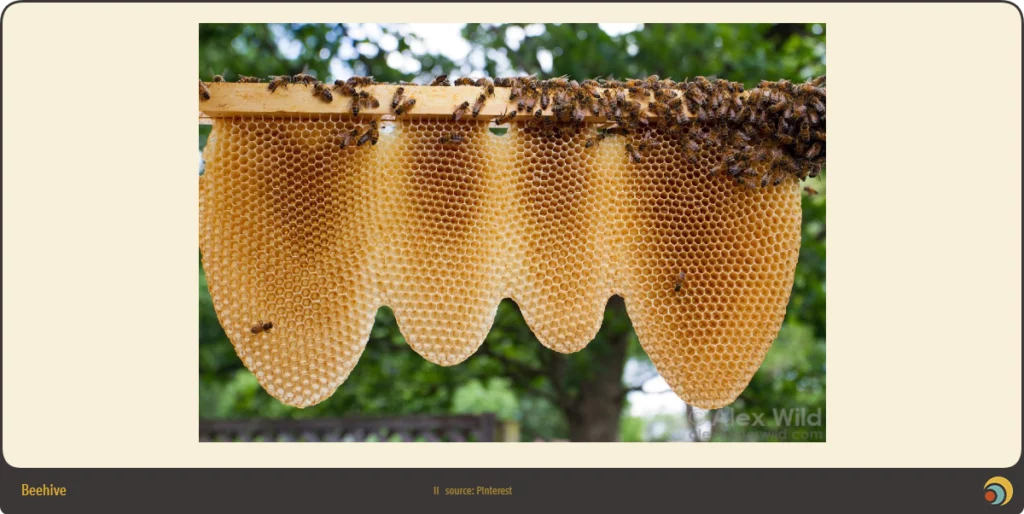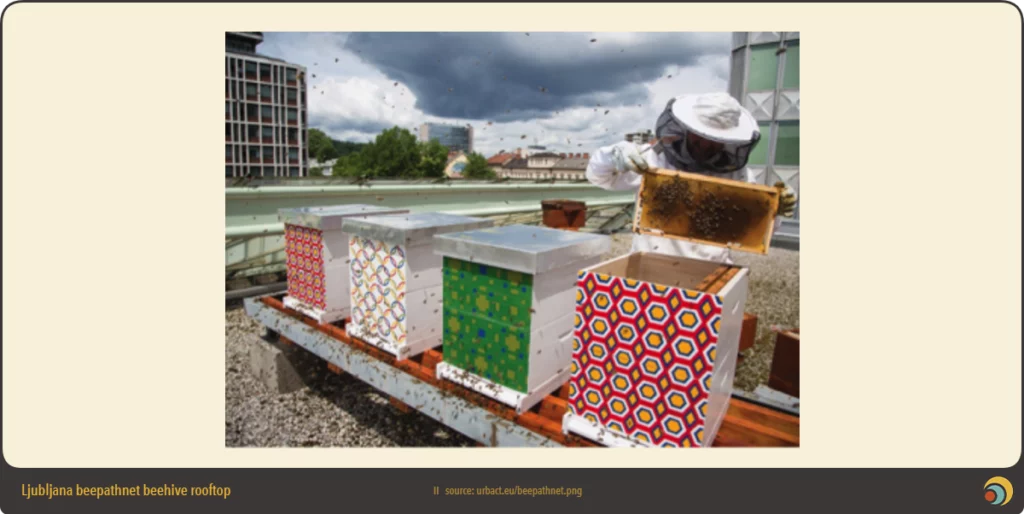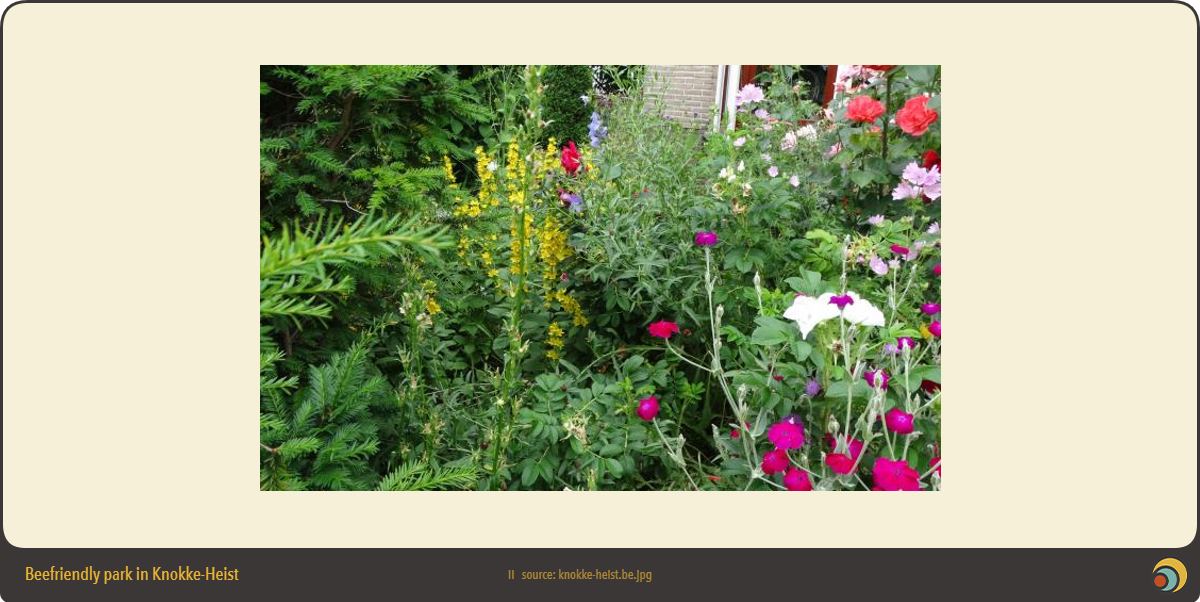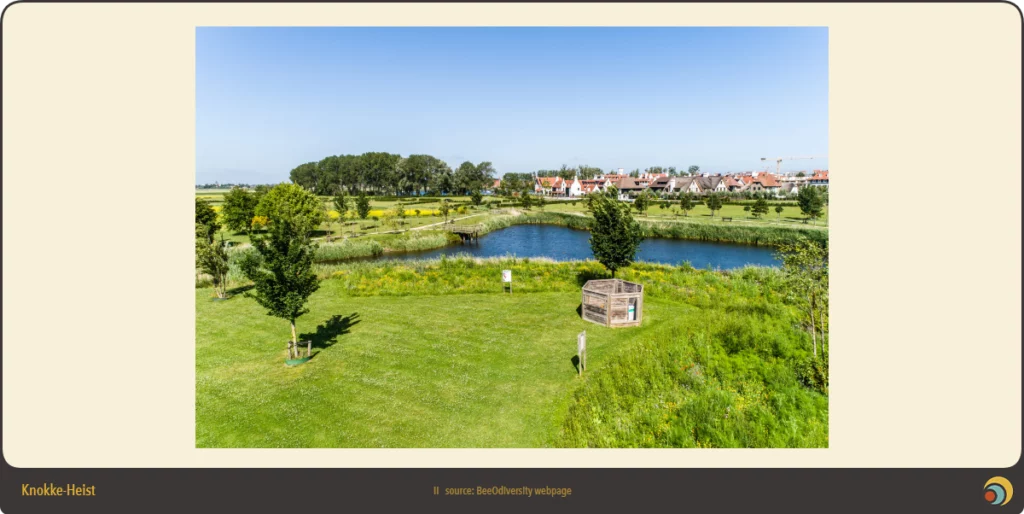One year ago we introduced you to the UPSURGE project, tackling the loss of biodiversity and climate change by promoting Nature Based Solutions in urban environment. Let’s see the project’s progress after 1 year, and get acquainted with one of the partners on top of BURST: the BeeOdiversity enterprise and their work.
Let’s refresh our memories on the UPSURGE Horizon2020 project, running since September 2021: the overall concept of the UPSURGE is to research, co-create, comparatively test, measure and digitalise Nature Based Solution (NBS) interventions and their effects in 5 pilot cities, implementing various NBS in light of their particular social, cultural and environmental contexts. So what has happened in the last 10 months in the project? “Mainly the preparatory work” – explains Péter Szuppinger, environment expert of BURST, responsible for project implementation. “Feasibility studies have been prepared in the 5 pilot cities, and partners are now working on choosing the NBS interventions they are about to test.” As we informed you last June, among other activities, BURST will lead working out the multimodal sensing system, which will be established in the 5 demonstration cities combining vertical, horizontal, micro-location (citizen-based), pollutant-specific measurements upgraded with the ingenuity of bees to determine different pollutants in a certain area deposited in pollen. The ingenuity of bees is introduced in the project by BeeOdiversity, a Belgium-based company – let’s explore their BeeOmonitoring tool, identified by BURST as one of the main innovations featured in UPSURGE.

We got the insight on the BeeOmonitoring tool from Dr. Bach Kim Nguyen, co-founder of BeeOdiversity; founder of the European Week of Pollinators at the European Parliament, formerly woring at the University of Liege. Kim decided to collaborate with the bees to evaluate the quality of the environment, working out the BeeOmonitoring tool to perfection. “There are 50.000 bees in one hive, collecting pollen from 4 billion flowers in one year in a 1.5km radius, bringing it back to the same place – there isn’t any technology collecting this amount of samples in such a large area. Nature did its genius, our only task is to use it without affecting the bees’ lives.” – explains Dr. Nguyen. The simple idea behind the BeeOmonitoring tool was to collect pollen from the hives and analyse it, thus identifying environmental factors; the complex work was to identify the best technology and ways to use the results for everyone’s sake.
“BeeOmonitoring tool is based on a device specifically developed to gather pollen samples every day (International Registration No. DM/217500). A trap placed in front of the beehive is something many beekeepers use to collect the pollen, but the already existing technologies may have negative effects on the bees as they remove a lot of pollen from their bodies. The level of damage depends on the number of holes and their diameter in the pollen trap. We spent 3 years working out the right number and diameter to have enough pollen on a daily basis but don’t affect the bees – this is one part of the innovation. The pollen contains the DNA of the plant it is collected from, it also contains the different pollutants, such as pesticides and heavy metals. For each of the above we developed a laboratory system to analyse the information – this is the other part of the innovation.” – we learn the technology from Kim.

The technology itself comes to application through a working process engineered for its best use. “The beekeepers are our allies in this venture, we developed an application where they can enter the measurement data and a training teaching them how to use it.” – tells us Kim. “When a city or a company contacts us to use this technology, the process of implementation is the following: we have a call, we identify the beekeepers, send you the pollen trap and a sampling kit and provide the online training to the beekeepers: how to install the tool, use the app and enter the measurements. The beekeepers need to spend less than 3 hours per year with the monitoring: 4 times they collect the samples and send it to us in a bag, we manage the rest in our laboratories. In 2 months time we put the results on an online dashboard, accessible to our clients from anywhere.” With the results then Kim and his colleagues start to work with the client and the stakeholders, and this is where the transformation of the environment begins.
“Our technology best fits entities covering large areas, as the bees’ collection area is a non-modulable factor. Mostly we work with cities and producers of water, and the infrastructure needed is modest and mostly already existing. We only need two hives for a radius of 1.5 km to have enough information for analysis, and the best is to collaborate with beekeepers who are already there, thus we don’t alter the environment and create competition between the bee colonies. We work with Berlin, London, Paris, Brussels – actually there are a lot of beekeepers inside the city. If not, then we install our own hives in parks or on roofs, following the regulations given the city and country. The beehives and pollen traps can stay in their place for years, you don’t need to change the setup at all.” – explains Kim the simple technical conditions.

Before the work starts, a feasibility study and consultations with the client are carried out. “BeeOdiversity’s mission is to improve biodiversity and reduce pollution, but it is also important to create value for the stakeholders – we are convinced that the two can be done with smart interventions. For example we work with a city which has low biodiversity and wants to improve it. When talking about their needs it turned out their main economic driver is tourism, thus they would like to create a favourable environment to accommodate visitors. For this they need a beautiful city, also would like to diversify the places of interest thus not to overburden the centre with a large amount of people. As a solution we introduced new plants in the centre which are not only good for biodiversity, but also beautiful for the eyes. For the second objective, we developed three educational bicycle routes outside the city, with information on the bees, the biodiversity and the cities’ actions in this direction.” – we learn the process of strategic planning from Kim.

The city of the above example was awarded three times as the best city for biodiversity and pollinators as a result of collaboration with BeeOdiversity. We talk about Knokke-Heist in Belgium, a long-term client of Kim’s team. “ We have been working with them since 2014, step-by-step targeting the challenges discovered by our monitoring and developing suitable solutions for them. Their overall aim is to monitor the whole city and improve the environment. The monitoring showed that the biodiversity was very low, the pesticide concentration in the soil was too high, along with too much heavy metal because the city is close to a port. We worked first with the port, we identified in the west part of the area some heavy metal – due to big boats which cannot plug in the port and the engines need to work during the loadings. With the stakeholders involved we created models to eliminate this problem. After that we worked with the low biodiversity, involving citizens: now every year 1000 people are planting in the city, thus we quadrupled the number of plant species in the area. Later we moved on to the challenge of high pesticide concentration in the soil, working with farmers. We identified new business plans with them, involving less use of pesticides and offering them a better functioning with respect to the environment. We offer plans to favour the ecology and the economy at the same time – this is the only way to create sustainable solutions.”

When it comes to BeeOdiversity’s involvement in the UPSURGE project, we need to wait for the implementation. “At this moment the pilots still need to be precised, after that we can work on the concrete measurements to make with our tool, which will be used in one way or another at all of the sites. However, I don’t worry – after the explanatory call we started a project with the WWF in Romania in 2 weeks, another one in the US in 1 week. We send all the tools and they can start the project right after that. Hopefully this will work at similar high speed in UPSRUGE.” – according to Kim.
When it comes to the future of our ecosystem, Kim has a positive attitude. “If you look at the statistics, by 2050 we will lose 50% of all the species in the world, which is endangering our ecosystems. My vision is that we have the opportunity to change direction in the next decades step by step. The important thing is to end the separation of the economical, environmental and social aspects of our societies. We have to create an intersection: new definitions, new vocabulary, new tools like NBS to help them realise that we can change. I think that we are going into this direction,and everybody can be part of the solution.”

Kim is a biological engineer and holds a PhD from University of Liège with a thesis on the protection of bees. He also completed an MBA in Business & Management at the Solvay Business School. Kim worked for over 10 years in academia as a research assistant and lecturer. He then designed and managed large projects focused on biodiversity and sustainable agriculture practices as advisor to the vice-dean of the ULiège. Kim is a member of various scientific committees (ANSES, UNDP, AFSCA, …) and has published a number of scientific papers. He has also organized and was scientific director of the European Bee and Pollination Week in the European Parliament.
